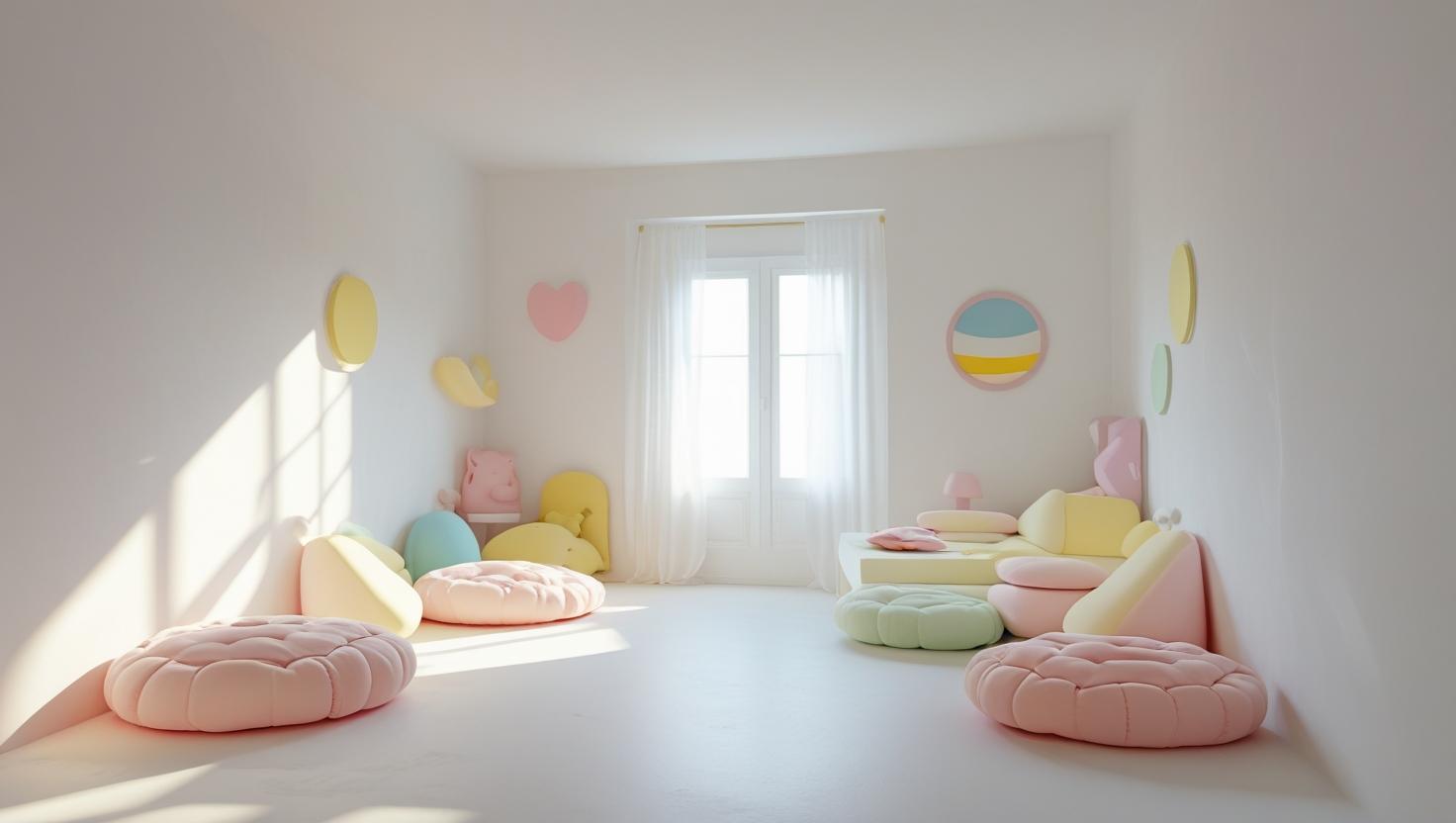Many children with autism find comfort in predictability and structure. Changes in routine or unexpected transitions can lead to anxiety, frustration, or behavioral challenges. One powerful and widely used tool that can help is a visual schedule.
In this blog, we’ll explore what visual schedules are, how they benefit children with autism, and practical tips for using them successfully at home, in school, or in the community.
A visual schedule is a set of images, icons, or photos that show the sequence of activities or steps in a routine. For example, a morning routine visual schedule might include pictures for:
Visual schedules can be physical (with printed pictures) or digital (on a tablet or phone). They can show:
The key is making expectations clear, concrete, and visually accessible.
Visual schedules are rooted in evidence-based practices used in Applied Behavior Analysis (ABA). They are especially helpful for children who:
Some of the core benefits include:
✅ Reducing Anxiety: Knowing what’s coming next helps children feel safe and calm.
✅ Increasing Independence: Children can follow steps on their own without constant adult prompting.
✅ Building Flexibility: With practice, children can learn to handle changes to the schedule in a manageable way.
✅ Improving Behavior: Clear expectations often reduce tantrums, meltdowns, or refusal behaviors.
Visual schedules can be simple or detailed depending on the child’s needs. Here’s how to get started:
Decide what routine or part of the day you want to support. This could be:
Select images that the child can understand. Options include:
For younger children or those with limited language, actual photos are often easiest to process.
Place the visuals in the correct order, either horizontally or vertically. Many families use Velcro boards, laminated cards, or even magnetic strips on the fridge.
Show the child how to check the schedule, move pieces, or mark tasks as finished. At first, you may need to prompt them each step of the way.
Over time, most children learn to refer to the schedule independently.
While visual schedules create stability, life is full of surprises. Teaching flexibility is an important long-term goal. You can do this by:
Visual schedules are not just for toddlers or young children. Many older children, teens, and even adults with autism benefit from visual supports for:
The format may change (for example, moving from pictures to written checklists or digital planners), but the core idea remains the same: providing structure reduces stress and increases independence.
Visual schedules are a simple but incredibly powerful tool for helping children with autism navigate their day, build independence, and feel more in control of their environment. With consistency, patience, and creativity, visual schedules can transform daily routines into smoother, more positive experiences for both children and caregivers.
.jpg)
When a child receives a developmental diagnosis, one of the first questions parents often ask is: “What should we do next?”
Read More
Applied Behavior Analysis (ABA) therapy is one of the most widely studied and effective interventions for children with autism spectrum disorder (ASD).
Read More.jpg)
Anxiety is common among children with autism and can impact learning, behavior, and quality of life
Read More